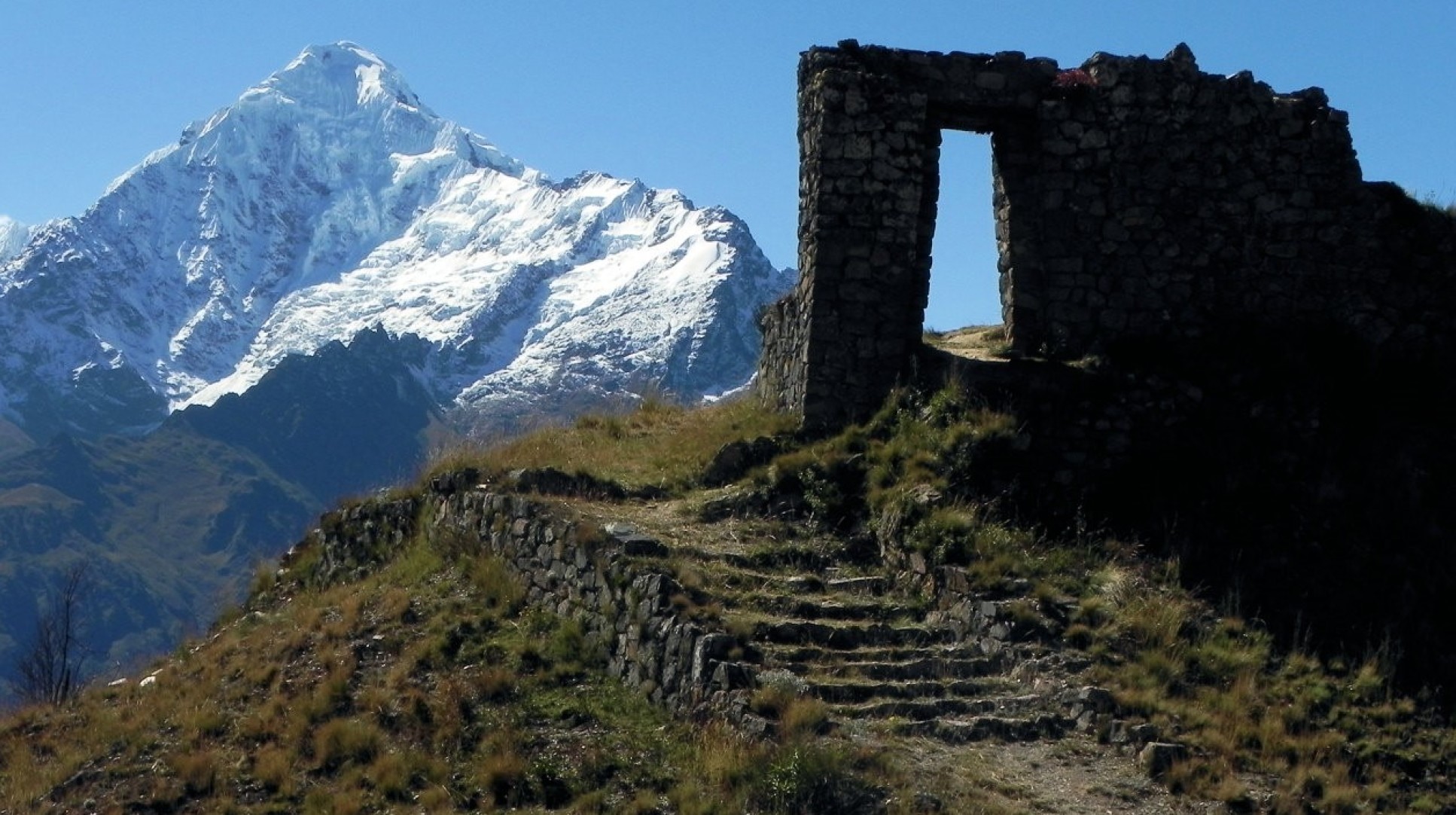
Nearly two billion people globally rely on mountain water for drinking and irrigation, but this water source is under threat due to global heating. Mountainous regions are particularly impacted by the effects of the climate crisis, with melting glaciers and snow adding to water scarcity in regions such as the Himalayas, Central Asia, and Andes.
In a new paper, Imperial College London researchers outline how integrated water strategies that include scientists working directly with communities on the ground could help them drive their own climate adaptation and boost water security.
Local communities have often developed ingenious local solutions such as water sowing and harvesting practices, wetland conservation, and interconnected storage reservoirs. A better scientific evidence base can help integrating these practices and river basin management plans, to offset some of the negative impacts of climate change.
At present, scientists monitor glacier melt and river flows, using the data to produce predictive models of future hydrological scenarios. However this method leaves huge data gaps on how communities use glacier and snow water in combination with other water sources like hillslopes, wetlands, and groundwater. The solution, the researchers say, could be to incorporate more information on water management practices, using multi-generational knowledge from people who live in mountain regions.
Senior author Professor Wouter Buytaert of Imperial’s Department of Civil and Environmental Engineering, who developed the original research concept for this work, said: “The picture is especially difficult to construct because of the complexity of mountain landscapes, the diversity of local livelihood strategies, and the lack of scientific awareness and understanding of these practices.
“Our study highlights the need for scientists to work directly on the ground with communities. This is the only way we can gain a thorough understanding of the local water security context, and it is essential to uncover local and scientific knowledge that can support regional water management decisions and adaptation strategies.”

Water security
The impacts of climate change, such as glacier shrinkage, ice avalanches, and glacial lake outburst floods are becoming more commonplace as the climate changes. These impacts present serious and life-threatening implications for those who depend on mountain water supply.
However, the study found that current information on precisely how these communities will be affected by climate change is limited. The researchers say that working directly with mountain communities can combine local knowledge and scientific inquiry to drive effective adaptations to their changing homes.
Lead author Dr Fabian Drenkhan, who undertook the work at Imperial’s Department of Civil and Environmental Engineering and Grantham Institute said: “Water security in mountain regions relies on a broader understanding of the complex interplay between water supply and demand. These links go far beyond just the scientific study of glacier melt.”
The study which includes researchers from Imperial, University of Birmingham, University of Zurich, the British Geological Survey and Pontifical Catholic University of Peru along with local partners, calls for a fundamental rethink of the methods and technologies used to assess current water availability and model future scenarios.

Adaptation is key
Low uptake of new monitoring technologies and approaches, particularly in lower income countries with limited institutional capacities, is further hampering our understanding of high-altitude, data-sparse regions. These make it difficult to create models and solutions that can be scaled up across watersheds with accuracy.
Co-author Professor David Hannah, UNESCO Chair in Water Sciences at the University of Birmingham, said: “In mountains, there are complex interconnections between the cryosphere and other water sources, as well as with humans. We need to identify the gaps in our understanding and rethink strategies for water security in the context of climate change adaptation and shifting human needs.”
Dr Drenkhan, who now works at Pontifical Catholic University of Peru, said: “The future is likely to lead to a more variable water supply and growing water demand, which is a real threat to water security in many mountain regions. Our incomplete picture of future water availability and security is keeping us from designing and implementing the best possible climate adaptations. We urgently need a holistic perspective to guide robust, locally tailored adaptations to global heating.”

